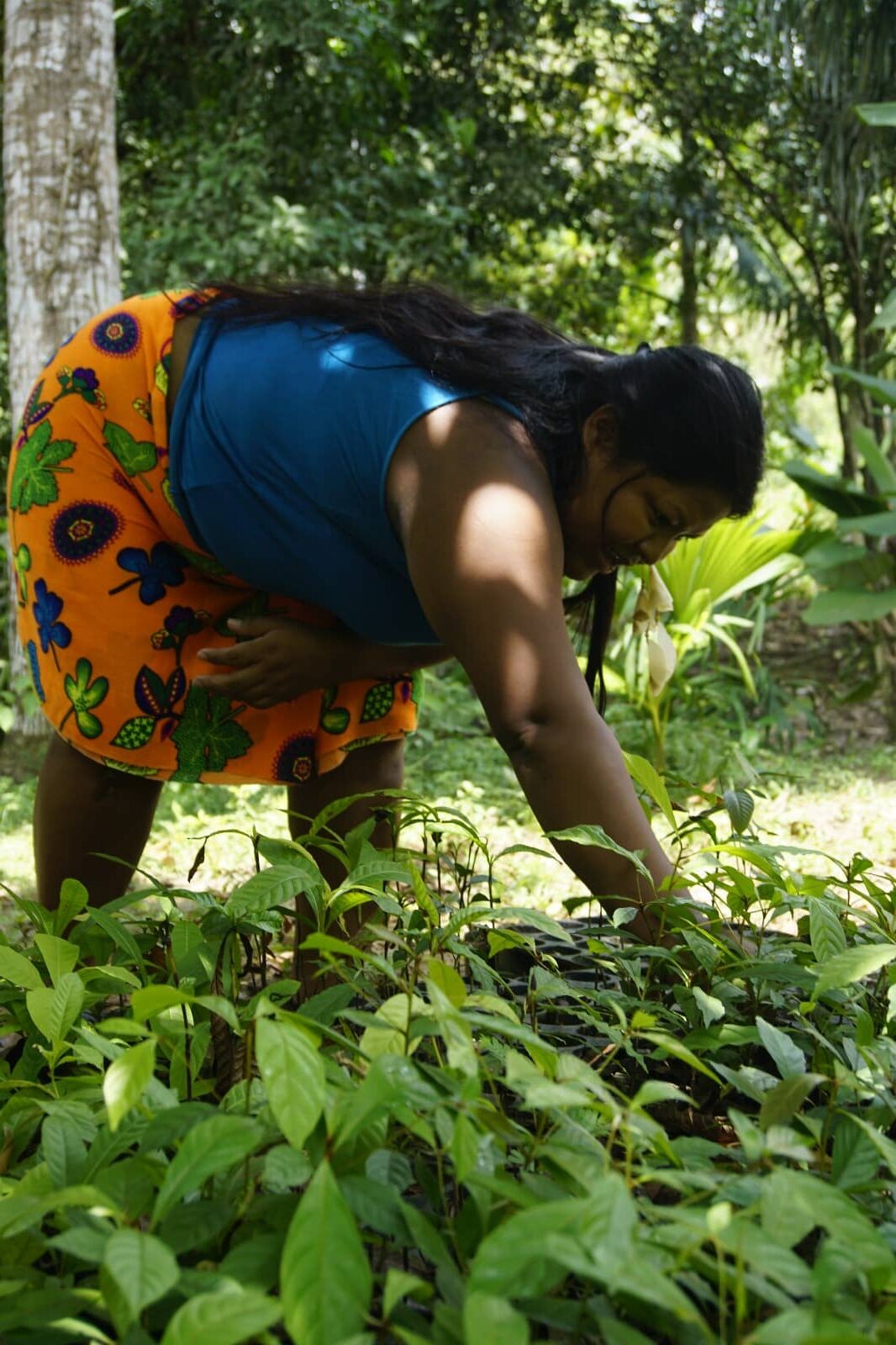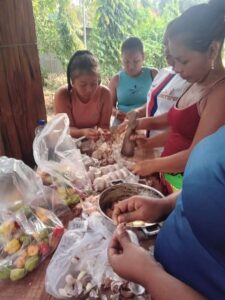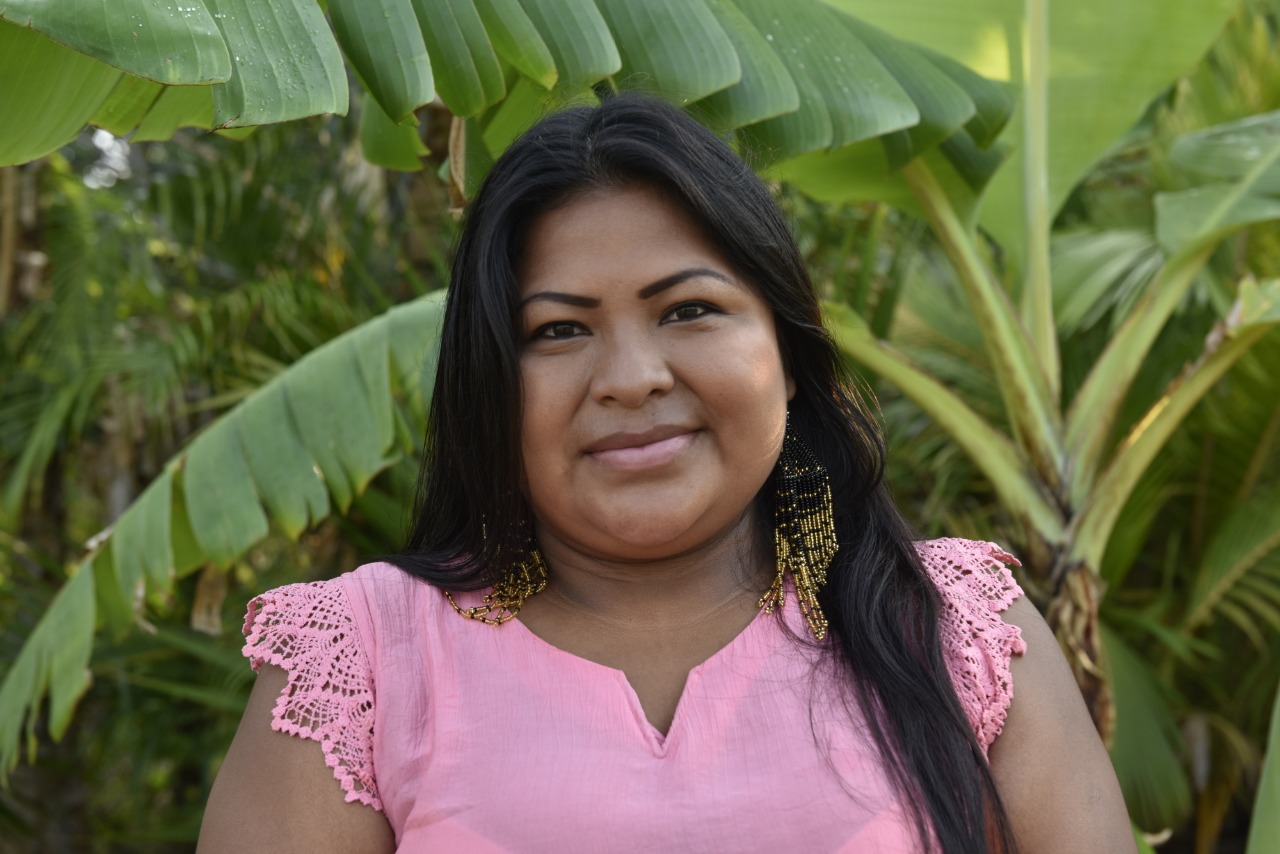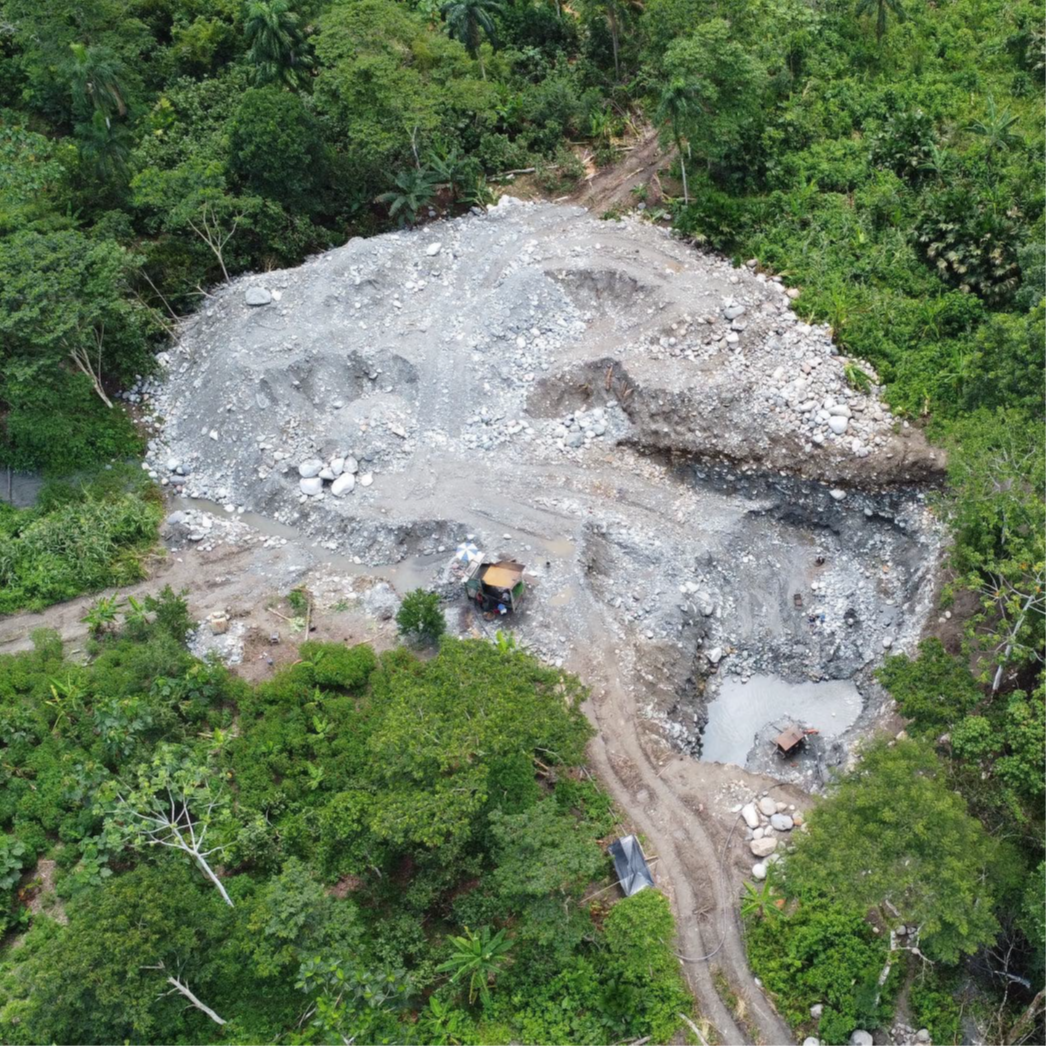A project for forests and communities
In 2024, Treecolor Alliance continued its commitment to reforestation in Ipetí-Emberá, Panama. Thanks to close collaboration with the local community and our partners, we strengthened our actions to restore degraded forest ecosystems, while promoting the ancestral knowledge of indigenous populations.
An area worth preserving
The area concerned covers 3 hectares located in Ipetí-Emberá, in the Corregimiento de Torti, in Alto Bayano. This independent indigenous territory is severely affected by deforestation, jeopardising the biodiversity and vital resources of its inhabitants. Our aim: to restore these precious forests and encourage community-driven sustainable development.
Key stages in reforestation
- Soil preparation

- Manual clearing and controlled burning to eliminate the invasive paja canalera.
- Soil enrichment with organic fertilisers and natural compost.
- Ploughing to improve fertility and manual weeding.
- Planting native species Thanks to our network of local nurseries, we have planted more than 30 native species, including :
- Forest species: Cedro Amargo (Cedrela odorata), Cocobolo (Dalbergia retusa), Roble (Tabebuia rosea).
- Fruit trees: Cacao (Theobroma cacao), Guanábana (Annona muricata), Mamón Chino (Nephelium lappaceum).
- Agroforestry plants: Coffee (Coffea spp.), Maize (Zea mays), Plátano (Musa spp.).
- Community involvement One of the pillars of this project is the involvement of young people from the community. A 12-strong team of local forestry technicians and apprentices has received training in :
- Nursery management and planting techniques.
- Plot maintenance and monitoring of planted trees.
- The use of environmentally-friendly agroecological practices. Volunteers, including Chanel employees, also came to lend a hand at some of the planting sessions.
- Plot monitoring and maintenance Between September and December, we set up a rigorous monitoring program:
- Intensive watering during the dry season.
- Replacement of dead seedlings to ensure a good survival rate.
- Health monitoring of trees and application of natural soil improvers. The result: a survival rate of over 80% for the trees planted!
Challenges and prospects
Every reforestation project has its challenges, and 2024 was no exception:
- La paja canalera(saccharum spontaneum), a fast-growing invasive plant, required constant maintenance.
- Some rare species such as bálsamo (Myroxylon balsamum) and jueporo (Trichilia tuberculata) remain difficult to reintroduce.
Improvements planned for 2025 To strengthen our impact, we plan to :
- Soil analyses to adjust our agronomic practices.
- Better planting arrangements to optimise tree growth.
- Advanced technological monitoring, with GPS mapping and drones.
- Purchase of clearing equipment to facilitate plot maintenance.
 A model of sustainable reforestation
A model of sustainable reforestation
This project illustrates how reforestation can combine environmental preservation and local economic development. By combining indigenous knowledge and ecological innovation, Treecolor Alliance is committed to building a sustainable future for generations to come. A huge thank you to all our partners and volunteers for their unfailing support!


